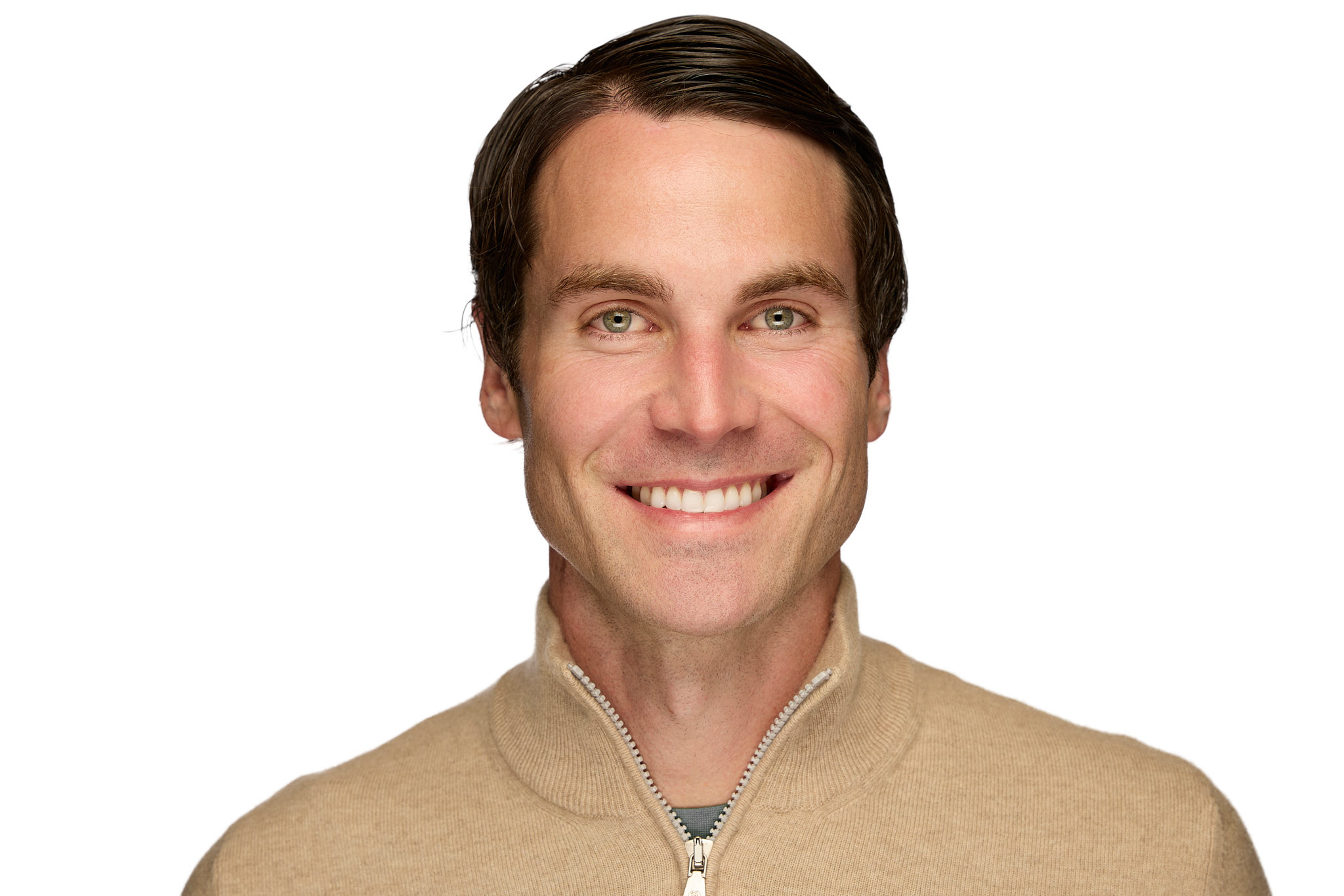Insights from the 2023 Aspen Ideas: Health Festival.

I recently had the privilege of participating in the highly anticipated 2023 Aspen Ideas: Health Festival. The annual event brought together some of the brightest minds, innovators, and thought leaders from across the industry to explore wide-ranging topics such as cutting-edge medical advancements, ethical considerations of artificial intelligence, and strategies for improving healthcare access and equity.
During my time in Aspen, I had the opportunity to participate on a panel titled: “Powering Healthcare with Patient Centered Technology” alongside Kimberly Seals Allers and Solome Tibebu. We discussed how technology is helping us overcome some of healthcare’s most systemic issues: bias in treatment, lack of patient empowerment, and access to mental health care.
Events like these are invigorating; they illuminate just how many different forces are working to make positive change. Amidst all the excitement and motivation, however, one thought has lingered with me since the festival wrapped: with so many of us trying to make a difference in healthcare, why aren’t we making advances faster?
I capped off my time in Aspen with a long bike ride, one of my favorite activities to do in the area. Biking is all about pushing through headwinds and thrusting through tailwinds. It may have been the altitude, but during my ride, I started thinking about our collective journey to improve the healthcare system as a series of tailwinds and headwinds: tailwinds are the invigorating forces propelling us toward progress and headwinds are the challenges we must push through to get to our destination. Below I share a few of the forces I believe are at play on our journey to bring about meaningful change in healthcare.
Headwind: Patient-centric models impact the profitability of large, archaic institutions.
Consumers have been craving a modern healthcare experience for decades. Now that nearly every part of their lives is digital, it’s maddening that healthcare is so far behind. The truth is that we can build the technology to deliver the Uber or Amazon of healthcare. Solutions like these would give consumers a lot more choice and power; they’d be able to shop for healthcare in much the same way they shop for everything else, making decisions by comparing price, quality, and availability.
Traditionally, healthcare has been a provider-centric system, with doctors and hospitals dictating the care process. However, the advent of patient-centered technology would shift the power dynamics, enabling patients to actively participate in their own care.
The reason that we don’t actually have the “Amazon of healthcare” is because we have antiquated institutions with powerful lobbying and regulatory forces that stand to lose if consumers have too much power. Healthcare is 20% of the GDP, and much of the current system works for its biggest, most outdated participants. And although these players are willing to optimize certain pieces of the puzzle, like giving patients an app with a chatbot or a basic appointment scheduler, the status quo has been massively profitable for them; they have neither the incentive nor the intention of uprooting their processes.
This is a challenge we must welcome. We have an ethical responsibility to put patients at the center of healthcare, even if progress feels trivial as we approach the fulcrum of change. Key decision-makers, such as state legislators and employers, can’t shy away from innovation; their actions will force gatekeepers to embrace progress. Eventually, the players who are heavily invested in outdated, inefficient, and impersonal models of healthcare delivery will find themselves left behind. Those unwilling to adapt and focus on patient needs risk losing relevance in the face of more innovative and responsive competitors.
Tailwind: AI will transform healthcare more than any other industry.
AI is no longer a buzzword—it’s already being used to decode complex health data, predict patient outcomes, and personalize treatments. We are on the brink of the arc of innovation of AI, within arm’s length of leveraging it to understand patients holistically, taking into account their lifestyles, genetic profiles, environmental factors, and more to provide truly individualized care. This new approach will transcend traditional models, shifting the focus from a one-size-fits-all treatment strategy to one that is tailored to every patient.
As the advances of AI march on, we must be careful of two major pitfalls. First, AI bases insights on previous data. If the previous data had bias, the intelligence it generates will fall victim to the same bias. We must take learnings from the last major advent of innovation, the internet, and make sure that AI is actively learning from diverse perspectives to make this next iteration of innovation serve everyone.
Secondly, we must not lose sight of the humanity of healthcare. My father, a cardiologist, often recites the quote: “In healthcare people want to know that you care before they want to know what you know. Once they know that you care, then they want to know what you know.” As AI scales healthcare efficiency, it has the power to disrupt this basic tenet. If we lose sight of the magic that lies in the patient-physician relationship, we risk losing trust from patients, a significant indicator of their healthcare outcomes.
Headwind: Even with progress, health equity remains the most important, and most complicated, frontier of healthcare.
The COVID-19 pandemic cast a bright light on the inequality in the US healthcare system that had been festering for decades. And while the past few years have brought about inspiring initiatives and policies aimed at dismantling barriers to care, disparities continue to persist across nearly every sector of healthcare. Deep seated social determinants of health, such as income inequality and systemic racism, hinder progress and exacerbate existing problems.
However, amidst these challenges, the power of collective determination and innovative solutions emerges as a guiding light. Underrepresented communities are raising their voices, driving policy reforms, and propelling transformative initiatives, such as community-based care models.
Healthcare organizations are joining forces with communities, leveraging data-driven approaches and local engagement strategies to address health inequities. Achieving equitable outcomes necessitates tailored interventions, prompting a shift towards care that accounts for unique cultural, socio-economic, and geographic factors.
Overcoming this headwind will require a united front; we must face inequity head on across every touchpoint in healthcare. As education and advocacy are creating a groundswell of support, leaders must keep elevating voices, funding research, implementing initiatives, and procuring investments that champion diverse needs and improve access to care at every point of the healthcare system.
Headwind: Poor data interoperability is limiting progress.
Even as so much innovation takes hold, most healthcare players work in their respective data silos. Realizing the full potential of technology in healthcare will require collective action. If systems aren’t communicating, innovation can’t scale. For instance, a personalized treatment plan that can’t be shared with every care provider has limited value to a patient, even if it’s tailored specifically to them.
Data interoperability is a cornerstone of transformative healthcare progress. It can propel the seamless, secure exchange of health information across diverse platforms and ecosystems, bolstering our ability to make data-driven decisions that will make personalized healthcare the norm.
The government must pass legislation that facilitates data interoperability. It may not be the most enticing regulation, but government involvement is pivotal in shaping interoperability standards, encouraging secure data sharing, and ensuring stringent privacy protections. Harmonizing data will increase efficiency and efficacy across the healthcare system.
I left the crisp mountain air and intellectual buzz of Aspen in the same way that I finished my bike ride, a little tired, but with a deep admiration of what’s possible and a renewed sense of purpose to get to work.

